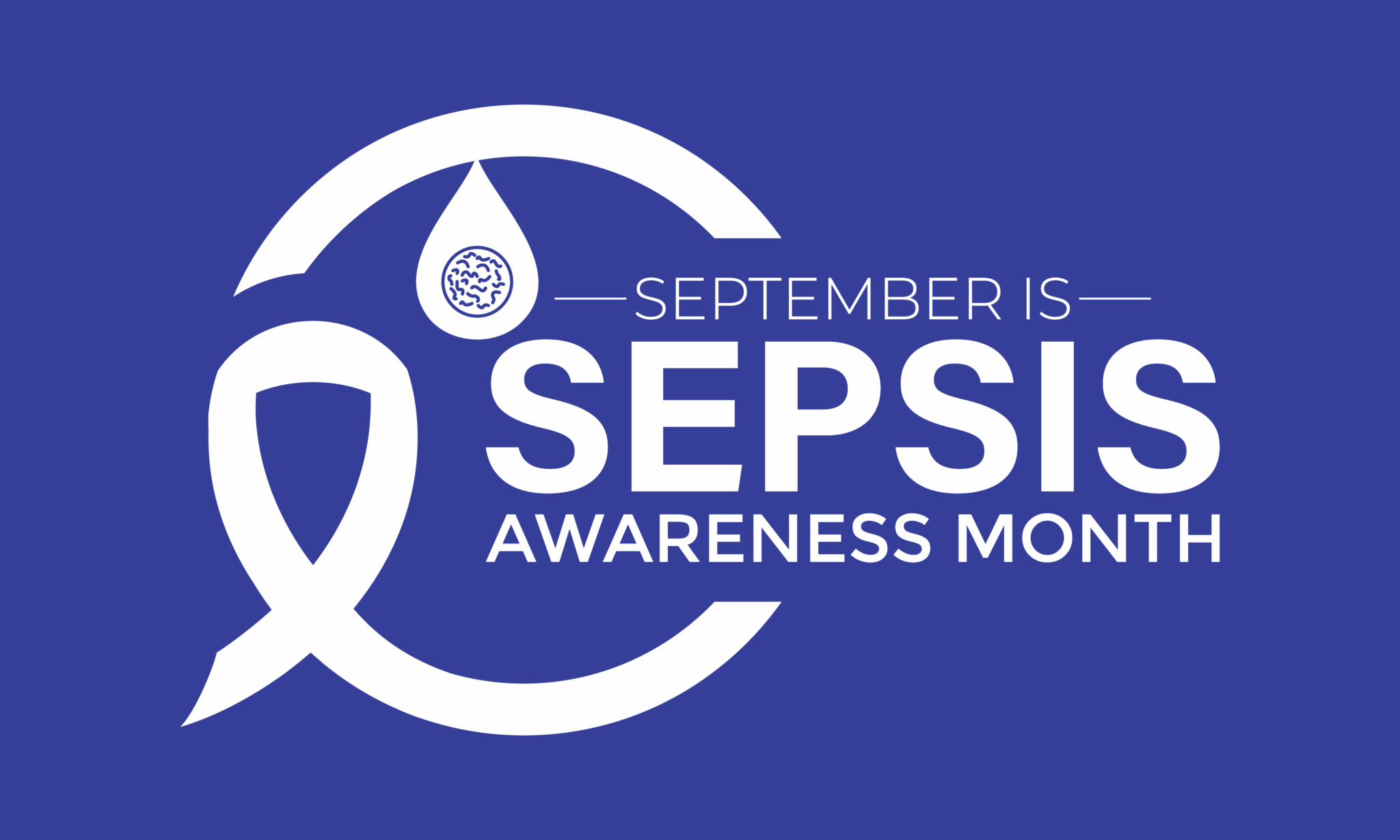September is Sepsis Awareness Month, a time to shine a spotlight on one of the leading causes of death in the United States—and one of the least recognized. Sepsis occurs when the body has an extreme response to infection, leading to organ failure and, if not treated quickly, death.
At Snoqualmie Valley Health, we want our community to be aware of the signs and risks of sepsis, because awareness truly saves lives.
What is Sepsis?
Sepsis begins with an infection, sometimes as common as pneumonia, a urinary tract infection, or even a skin wound. Instead of fighting the infection in a controlled way, the immune system overreacts, triggering widespread inflammation. This can damage organs, reduce blood flow, and quickly become life-threatening.
Sepsis is one of the leading causes of death in the United States, ranking as the third leading cause of death overall. And while many people think of it as a hospital problem, the truth is that about 87% of sepsis cases begin in the community or at home. The good news? Sepsis is treatable, especially when caught early.
Who is at Risk?
Anyone can develop sepsis, but certain groups are more vulnerable:
-
Adults 65 and older
-
Infants and young children
-
People with weakened immune systems
-
Those living with chronic conditions such as diabetes, kidney disease, or cancer
Know the Signs: “It’s About TIME”
The Sepsis Alliance uses the acronym TIME to help remember sepsis warning signs:
-
T – Temperature: higher or lower than normal
-
I – Infection: possible or confirmed
-
M – Mental decline: new confusion, agitation, or difficulty waking up
-
E – Extremely ill: severe pain, discomfort, or shortness of breath
If you notice these symptoms, go to the Emergency Room right away or call 911. Sepsis can get worse very quickly, and immediate treatment is critical.
How to Reduce Your Risk
You can’t always prevent sepsis, but you can lower your chances by:
-
Staying current on vaccinations, including flu, pneumonia, and COVID-19
-
Practicing good hygiene: wash your hands often, clean and cover wounds, and seek medical attention if wounds don’t heal properly
-
Managing chronic conditions and keeping regular appointments with your provider
-
Acting quickly: if you’re not improving or suddenly feel worse after an infection, don’t wait—seek care
Care Close to Home
At Snoqualmie Valley Health, our Emergency Department is open 24/7, staffed with providers trained to recognize and treat sepsis quickly. Our team is committed to ensuring you and your loved ones get immediate, life-saving care when every second counts.
We also encourage our community to be proactive with primary and specialty care. Routine visits, vaccinations, and chronic disease management all play a role in lowering your risk for infections that may lead to sepsis.
What You Can Do This Month
-
Share the TIME acronym with your family and friends
-
Talk with your provider about your risk
-
Stay up to date with preventive care at Snoqualmie Valley Health
-
Trust your instincts—if something feels wrong, don’t delay
This September, let’s work together to raise awareness about sepsis. By knowing the signs, acting quickly, and spreading the word, we can save lives right here in our Valley.

